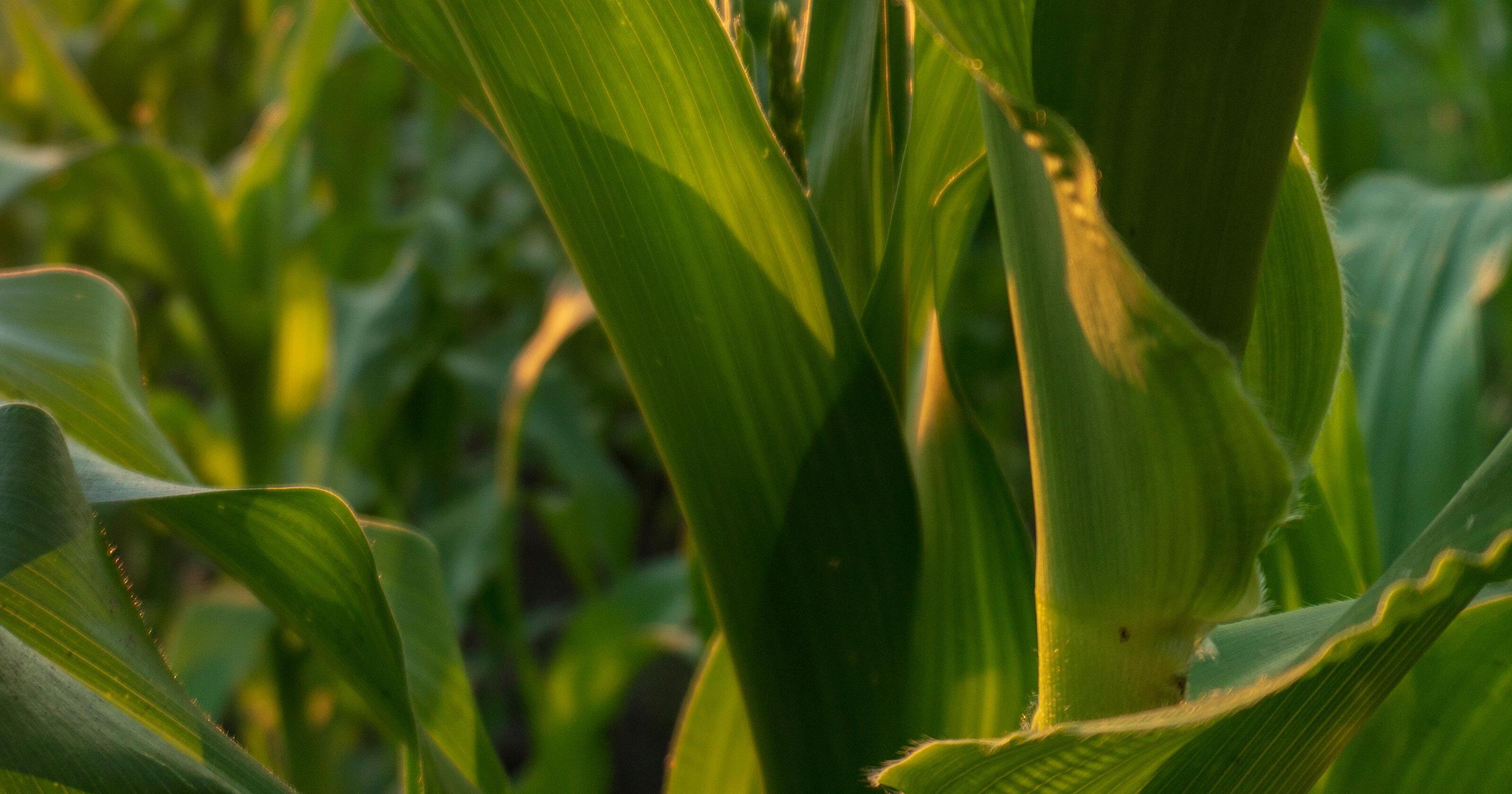




YOUR ESSENTIAL OVERVIEW FOR AGRICULTURAL INVESTMENT SUCCESS

By David Whitaker
WHY INVEST IN FARMLAND?
• Stable, Predictable Returns: Average annual cash returns of 2.5-3% (similar to dividend stocks)
• Consistent Appreciation: Land values historically increase 3-7% annually
• “No Tenants, Toil, or Turmoil”: Unlike residential real estate, farm operators handle all production work
• Inflation Protection: Farmland values and income historically rise with inflation
• Tangible Asset: Real, productive land with intrinsic, permanent value
Let’s build your Iowa farmland portfolio.
• Cash rental yield: 2.5-3% typically
• Total ROI: 6-10% including appreciation
• Price per CSR point vs. county average
• Price per acre relative to recent comparable sales
• CSR rating (higher = better)
• Drainage infrastructure and tile condition

• Historical yield data (county average vs. farm performance)
• Location relative to grain markets
• Lease terms and operator quality
• Field size and configuration for modern equipment
CSR Rating System: Iowa farmland is rated on a 0.5-100 scale (Corn Suitability Rating)
• Higher CSR = better productivity, higher purchase price, and higher rental rates
• Premium farms (CSR 85+) command top prices and rents
Investment Types:
• Production Agriculture: Maximum income from row crops (corn, soybeans)
• Recreational Land: Hunting, conservation, lifestyle benefits with lower financial returns
Tile Drainage Benefits:
• Properly tiled fields yield significantly better harvests
• Adding tile costs approximately $1,200/acre
• 100% tax-deductible under Section 179 tax deduction
Nutrient Depreciation: Average of $1,700/ acre in nutrient depreciation potential using Section 180 tax deduction
Farm Credit Services of America:

• Cooperative structure with 1% annual dividend to borrowers *Disclaimer: Returns may vary based on market conditions
• Specialized in agricultural and rural loans
• Various loan programs for beginning and established farmers
Rabobank/Rabo AgriFinance:
• Global agricultural banking specialist
• Extensive expertise in commodity markets and farm economics
• Tailored financing for land purchases and operations
Farmer Mac (Federal Agricultural Mortgage Corporation):
• Government-sponsored enterprise focused on agricultural lending
• Secondary market for agricultural loans
• Competitive long-term fixed rates
MetLife Agricultural Investments:
• Large institutional lender in agricultural sector
• Long-term fixed rate products
• Focus on commercial-scale operations
Conterra Ag Capital:
• Specialized agricultural lending and loan servicing
• Alternative financing options for unique situations
• Bridge loans and more flexible terms
Local and Regional Banks:
• Community knowledge and relationships
• Typically require 30-40% down payment
• 15-30 year amortization schedules
USDA Farm Service Agency (FSA):
• Beginning farmer and rancher loans
• Direct and guaranteed loan programs
• Lower down payments and interest rates for qualified borrowers
• Section 179 Deduction: 100% deduction for drainage tile improvements ($1,200/acre average)
• Section 180 Deduction: Nutrient depreciation benefits ($1,700/acre average)
• 1031 Exchanges: Roll capital gains into new farmland purchases tax-deferred
• Estate Planning Benefits: Stepped-up basis for heirs and potential special use valuation
Think of farmland as a “dividend stock” with annual cash rent plus appreciation
Typical returns include:
• 2.5-3% annual cash return (similar to dividend yield)
• 3-7% historical annual appreciation
• 6-10% total annual return
Investment timeframe should be 10+ years for optimal results. Consider working with professional farm managers to optimize returns.
